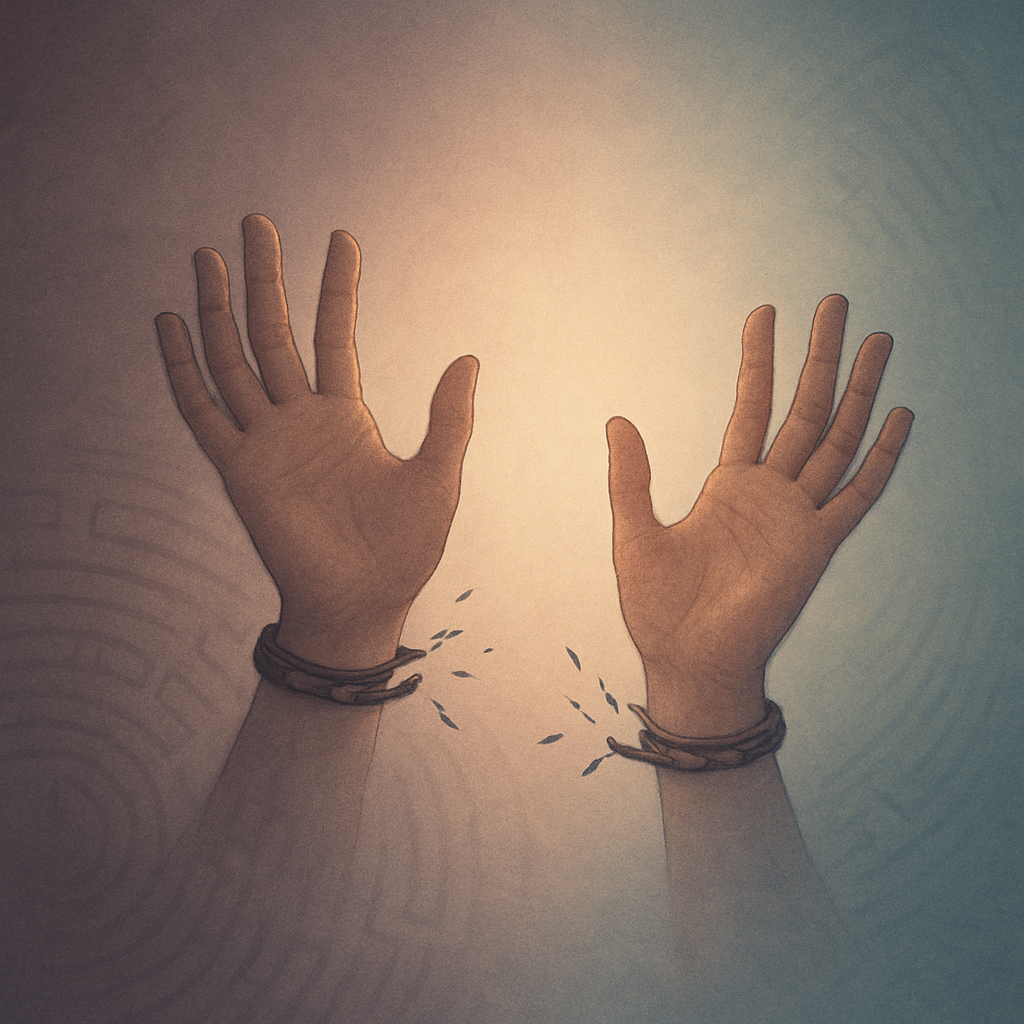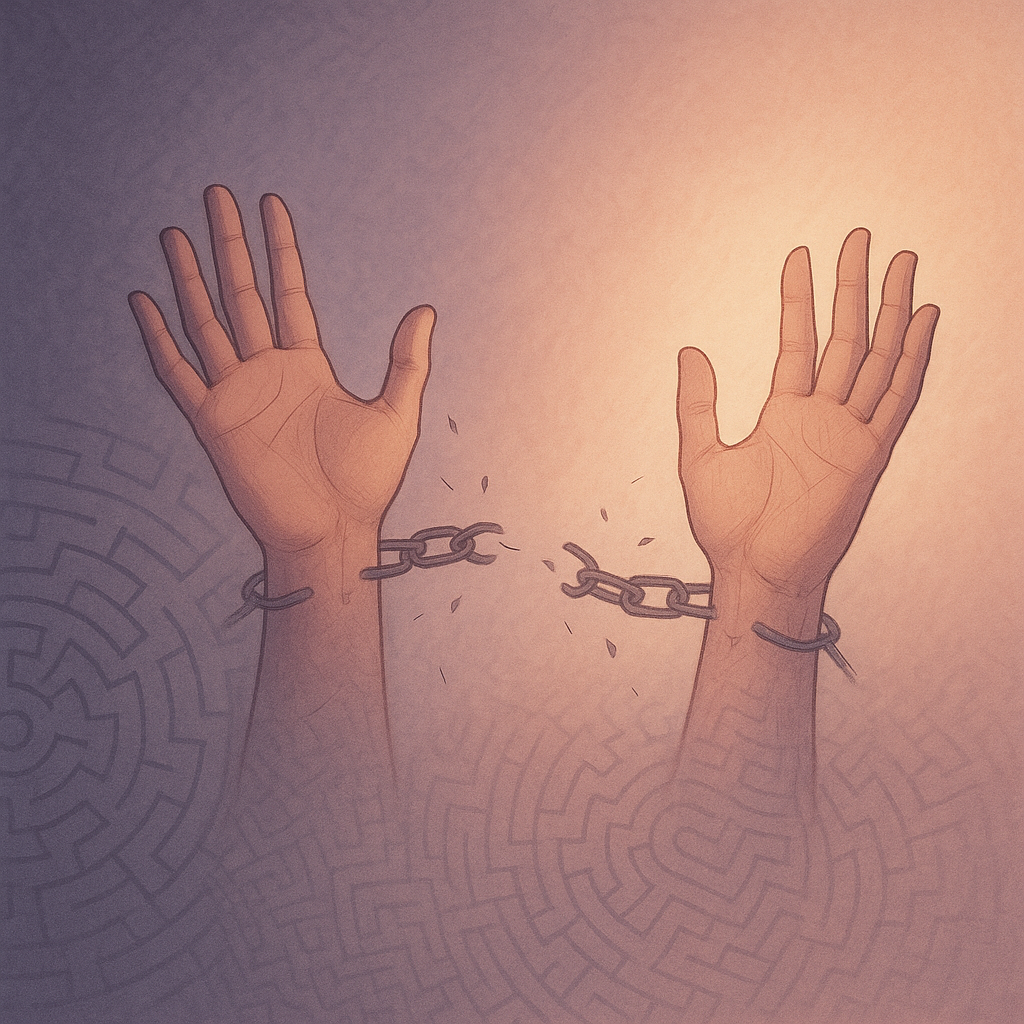Emotional healing is a deeply personal journey that requires patience, self-compassion, and intentional practice. As a holistic coach with a background in nursing, I've guided many clients through their healing processes, and I've observed that certain foundational steps can make this journey more manageable and effective.
1. Acknowledge Your Emotions Without Judgment
The first step in any healing journey is acknowledgment. Many of us have been conditioned to suppress or ignore difficult emotions, but healing begins when we create space to feel what arises without judgment or resistance.
Try this practice: Set aside 5-10 minutes each day for an "emotional check-in." Sit quietly, place a hand on your heart, and ask yourself, "What am I feeling right now?" Allow whatever emerges to be present without trying to change it or push it away.
2. Identify Patterns and Triggers
Our emotional responses often follow patterns that have been established over years or even decades. Becoming aware of these patterns and what triggers them is crucial for healing.
Consider keeping a simple journal where you note situations that provoke strong emotional reactions. Look for commonalities over time. You might discover that certain environments, phrases, or interactions consistently trigger specific emotional responses.
3. Practice Self-Compassion
Healing cannot occur in an environment of self-criticism. Learning to treat yourself with the same kindness and understanding you would offer a dear friend is essential for emotional healing.
When you notice self-judgment arising, try placing a hand on your heart and saying, "This is a moment of suffering. Suffering is part of being human. May I be kind to myself in this moment."
4. Establish Healthy Boundaries
Many emotional wounds stem from boundary violations or from not honoring our own needs and limits. Learning to establish and maintain healthy boundaries is a crucial component of healing.
Start small by identifying one area where you need stronger boundaries. Practice saying no when necessary, and remember that setting boundaries is an act of self-respect, not selfishness.
5. Seek Support and Connection
Healing doesn't have to be a solitary journey. In fact, connection and support can accelerate the healing process significantly.
This might mean working with a therapist or coach, joining a support group, or simply being more vulnerable with trusted friends. Share your journey with those who can hold space for you without trying to "fix" your emotions.
Moving Forward
Remember that emotional healing isn't linear. There will be setbacks and difficult days, but with consistent practice and self-compassion, healing is always possible.
As you implement these steps, celebrate your progress, no matter how small it may seem. Every moment of awareness, every act of self-compassion, and every healthy boundary you set is moving you toward greater emotional wellbeing.
If you're ready to dive deeper into your emotional healing journey, I invite you to book a coaching session where we can create a personalized approach tailored to your specific needs and experiences.

About Diana
Certified Holistic Coach with a background in nursing, specializing in emotional healing and personal growth.
Ready to Transform Your Life?
Book a coaching session with Diana and start your journey toward emotional healing, personal growth, and authentic living.
Book a Session Now



